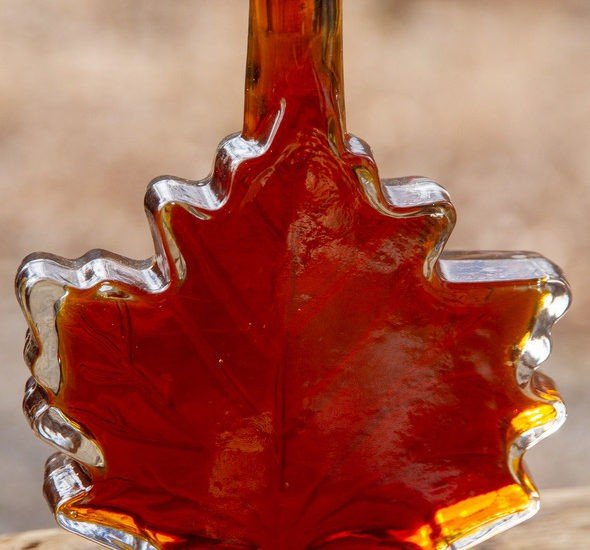
Temple, Texas, April 28, 2020 — The USDA Natural Resources Conservation Service (NRCS) is accepting applications for round 2 of the Gulf Coast Water and Wildlife Conservation Stewardship Program (CSP) as part of the Regional Conservation Partnership Program efforts led by the USA Rice – Ducks Unlimited Stewardship Partnership  .
.
This special CSP initiative is specifically for Texas rice producers. While producers can apply at any time, NRCS will evaluate and rank applications received by June 5 for the next funding cycle. For more general information about CSP, visit http://www.nrcs.usda.gov/csp.

The Gulf Coast CSP special sign-up assists landowners and rice producers who voluntarily implement conservation and management practices that aim to provide waterfowl habitat on rice production lands. Nutrient management and integrated pest management (IPM) to address water quality concerns are priorities. Although enhancements are limited, irrigation efficiencies are also a focus on this special sign-up.
This special CSP sign-up is available for rice production acreage in 15 counties: Brazoria, Calhoun, Chambers, Colorado, Fort Bend, Galveston, Jackson, Jefferson, Lavaca, Liberty, Matagorda, Refugio, Victoria, Waller, and Wharton. All interested rice producers are encouraged to apply.
This project allots approximately $2.5 million to CSP in 2020 specifically for Texas rice producers. Applications must be received by NRCS field offices by June 5, 2020, to be considered for this funding cycle.
“The overall CSP offers agricultural producers and forest landowners payments for actively managing, maintaining, and expanding conservation activities like cover crops, ecologically-based pest management, irrigation water management, and pollinator and beneficial insect habitat – all while maintaining active agriculture production on their land,” said Drenda Williams, acting NRCS state conservationist for Texas. “CSP also encourages the adoption of cutting-edge technologies and new management techniques such as precision agriculture applications, on-site carbon storage and planting for high carbon sequestration rate, and new soil amendments to improve water quality.”
On a national basis NRCS helps private landowners build their business while implementing conservation practices that help ensure the sustainability of their entire operation. NRCS plans to enroll up to 10 million acres in CSP in 2020.
“NRCS has updated the program to help producers better evaluate their conservation options and the benefits to their operations and natural resources,” said Texas Rice Stewardship Coordinator Kirby Brown. “Partnership staff can help Texas rice producers see up-front why they are or are not meeting stewardship thresholds and allow them to pick practices and enhancements that work for their conservation objectives. These tools also enable producers to see potential payment scenarios each year over five years for conservation early in the process.”
Producers interested in CSP should contact their local USDA service center or visit www.nrcs.usda.gov/GetStarted.

